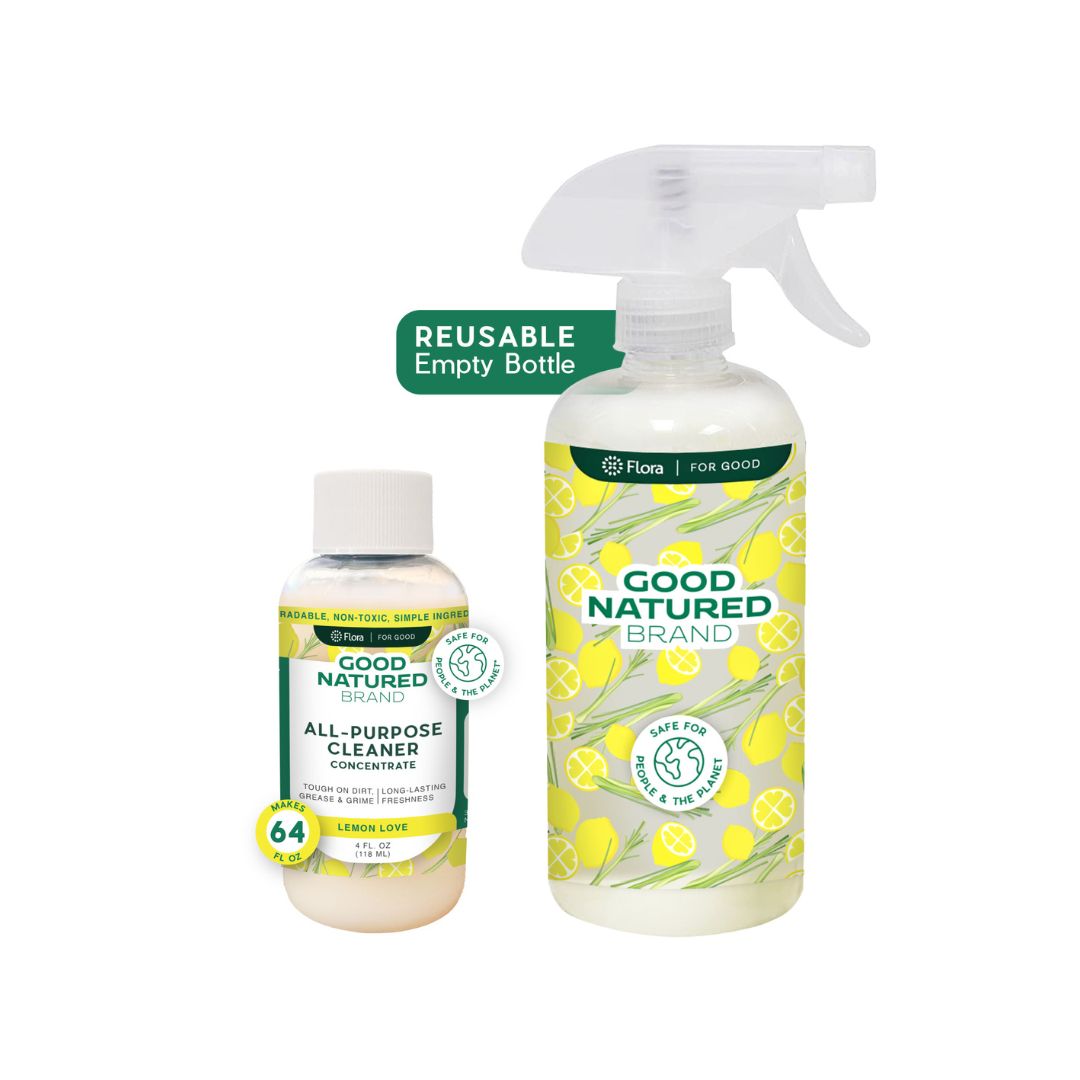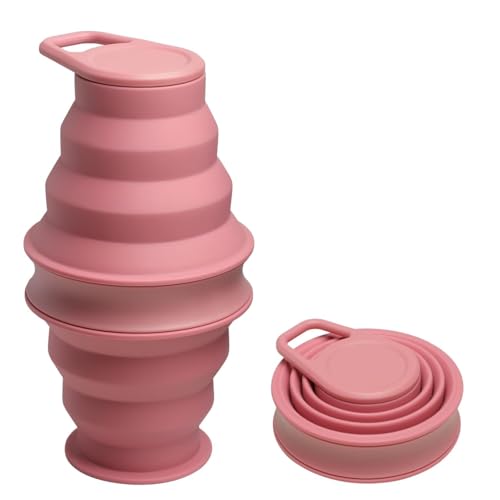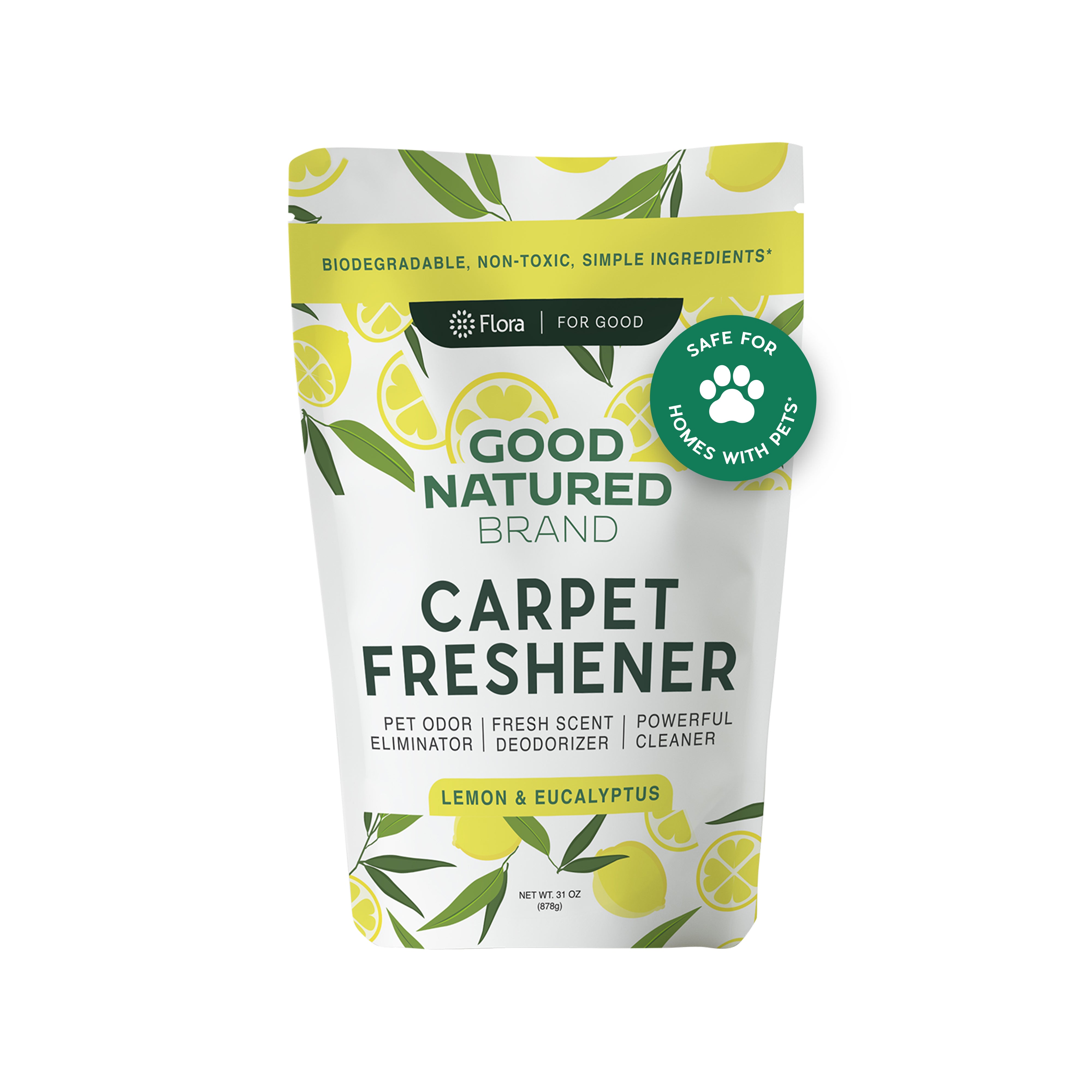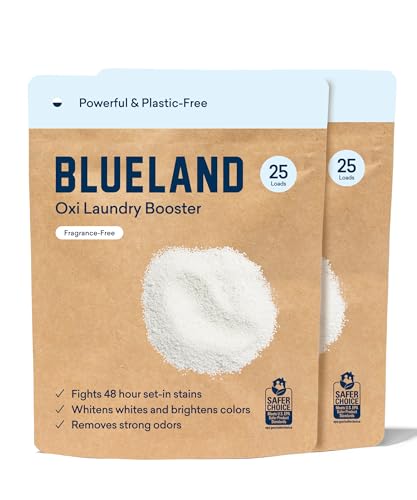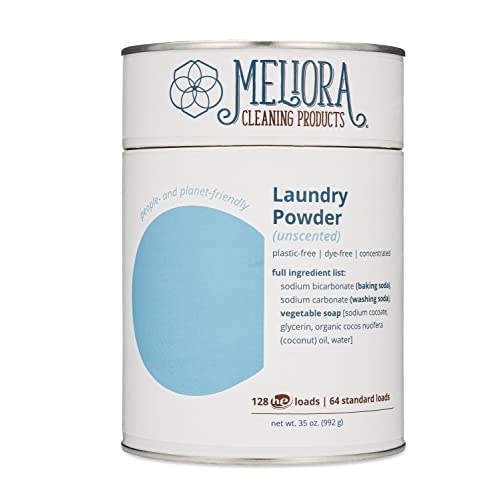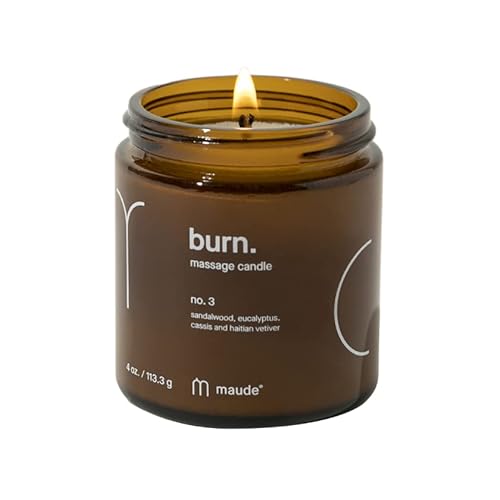
Maude Burn No. 3 Massage Oil Candle - Hydrating Jojoba & Soybean Oil, Eucalyptus & Sandalwood - 4oz


Coumarin
High RiskCoumarin is a naturally occurring and synthetic compound found in many plants. It is commonly used in fragrances, flavorings, and as a potential therapeutic agent due to its aromatic properties. Coumarin has applications in cosmetics and personal care products, contributing to their scent and stability.
Sustai Insights
Coumarin offers functional benefits as a fragrance and flavoring agent, with potential health benefits in certain therapeutic contexts. However, it is associated with high allergenic potential and may pose risks such as skin irritation. Environmental concerns include its classification as a pollutant, with possible bioaccumulation effects. Regulatory bodies have restricted its use in specific products, indicating a moderate to high risk overall. Safe usage practices are advised, and alternatives like natural essential oils could be considered.
Benzyl Alcohol
High RiskBenzyl alcohol is a naturally occurring and synthetic aromatic alcohol commonly used as a solvent, preservative, and fragrance ingredient in various products. It is found in both plant sources and as a synthetic compound, functioning primarily to maintain product stability and enhance fragrance profiles.
Sustai Insights
Benzyl alcohol serves effectively as a preservative and solvent, contributing to product stability and sensory qualities. However, it poses potential health risks, particularly as an allergen, with high concern for immunotoxicity. Environmental risks include being a pollutant with low bioaccumulation potential. Regulatory agencies have established restrictions on its use in certain products. Overall, the risk level associated with benzyl alcohol is assessed as high, necessitating careful consideration of its use and potential alternatives.
Ricinus Communis (Castor) Seed Oil
Medium RiskCastor oil is extracted from the seeds of Ricinus communis and is commonly used in cosmetic and personal care products for its moisturizing and emollient properties. It is known for its ability to enhance skin absorption and provide a protective barrier.
Sustai Insights
Castor oil offers functional benefits as a moisturizer and emollient, enhancing skin absorption and providing a barrier against moisture loss. It is sustainably sourced and biodegradable. However, potential health risks include low levels of irritation and moderate concerns regarding developmental and reproductive toxicity. Environmental risks are low, with no significant pollutant or bioaccumulation concerns reported. Regulatory status shows no current restrictions. Overall, the risk level is assessed as medium, with recommendations for safe usage practices, and potential alternatives include other plant-based oils.
Euphorbia Cerifera (Candelilla) Wax
Low RiskCandelilla wax is extracted from Euphorbia cerifera, a shrub native to northern Mexico and the southwestern United States. It is primarily used as a thickening agent, emollient, and film-forming agent in cosmetic and personal care products.
Sustai Insights
Candelilla wax serves effectively as a natural thickener and emollient, contributing to product texture and moisture retention. It is biodegradable and sourced sustainably, supporting eco-friendly formulations. Health risks are low, with minimal concerns about sensitization. Environmental hazards are also low, with no significant pollutant or bioaccumulation potential noted. Regulatory bodies impose few restrictions, indicating overall low risk. Safe usage practices should be followed, and alternatives like carnauba wax may be considered for those seeking different plant-based options.
Simmondsia Chinensis (Jojoba)
Low RiskSimmondsia chinensis, commonly known as jojoba, is an oil derived from the seeds of the jojoba plant. It is commonly used in cosmetic formulations for its moisturizing properties, acting as an emollient and skin conditioning agent.
Sustai Insights
Jojoba oil offers functional benefits such as effective skin moisturization and is biodegradable, with sustainable sourcing practices. Health risks are low, with minimal concerns regarding carcinogenicity, allergies, and reproductive toxicity. Environmental impact is negligible, with no pollutant or bioaccumulation potential. Regulatory status is favorable with no significant restrictions noted. Overall, it is assessed as low risk, and safe usage practices should be maintained. Alternatives include other plant-derived oils like argan or almond oil, which may provide similar benefits.
Hydrogenated Soybean Oil
Low RiskHydrogenated soybean oil is an end product of the hydrogenation process applied to soybean oil, resulting in a semi-solid fat. It is commonly used in food products and cosmetics for its emulsifying and stabilizing properties.
Sustai Insights
Hydrogenated soybean oil provides effective emulsification and stability in products. It is generally recognized as safe, with low concerns regarding carcinogenicity, allergies, and reproductive toxicity. However, it may pose environmental risks if improperly disposed of, and there are regulatory restrictions on certain uses. Overall, the risk level is assessed as low, and safe usage practices should be followed. Alternatives may include non-hydrogenated oils that offer similar functional benefits.
Olea Europaea (Olive) Oil
Low RiskOlea europaea (olive) oil is derived from the ripe fruit of the olive tree. It is commonly used in cosmetic formulations primarily as a moisturizer and emollient due to its nourishing properties for the skin. It also serves as a carrier oil for other ingredients in formulations.
Sustai Insights
Olea europaea (olive) oil offers numerous functional benefits, including effective moisturization and enhanced skin absorption properties, making it suitable for various cosmetic applications. It is a biodegradable ingredient, contributing to sustainability when sourced responsibly. Health risks are low, with minimal concerns regarding carcinogenicity, allergenic potential, and developmental toxicity. Environmental risks are also low, with no significant bioaccumulation or pollution potential noted. Regulatory bodies do not impose restrictions on its use. Overall, olive oil presents a low risk profile, making it a favorable choice in cosmetic products.
Carnauba Wax Extract
Low RiskCarnauba wax extract is a natural wax derived from the leaves of the Brazilian carnauba palm (Copernicia prunifera). It is primarily used as a glazing agent, thickener, and emulsifier in various cosmetic and personal care products due to its ability to form a protective barrier and enhance product texture.
Sustai Insights
Carnauba wax extract offers functional benefits by providing texture, stability, and moisture retention in formulations. It is sustainably sourced and biodegradable. Health risks are low, with no significant concerns regarding carcinogenicity, allergenic potential, or reproductive toxicity. Environmentally, it poses minimal risks, being non-pollutant and non-bioaccumulative. There are no current regulatory warnings against its use. Overall, the risk level is assessed as low, making it a safe ingredient choice with no known adverse effects. While alternatives exist, carnauba wax remains a viable and sustainable option.
Cetearyl Alcohol
Low RiskCetearyl alcohol is a mixture of cetyl and stearyl alcohol, primarily used as an emulsifier and thickener in cosmetic formulations. It helps stabilize products, improve texture, and enhance moisturizing properties, making it common in creams and lotions.
Sustai Insights
Cetearyl alcohol offers functional benefits as an effective emulsifier and skin-conditioning agent, contributing to product stability and texture. It is generally recognized as safe, with low concerns for carcinogenicity, allergies, or reproductive toxicity. Environmental risks are minimal, as it is biodegradable and has low pollutant potential. Regulatory bodies have not imposed significant restrictions on its use. Overall, cetearyl alcohol is assessed to carry low risk, making it a suitable ingredient choice in cosmetic products.
Beeswax, Yellow
Low RiskBeeswax, yellow, is a natural wax produced by honeybees, primarily composed of esters of fatty acids and long-chain alcohols. It serves as an emulsifier, thickener, and stabilizer in cosmetic formulations, contributing to texture and consistency. It is commonly used in creams, balms, and lip products.
Sustai Insights
Beeswax provides functional benefits such as enhancing product texture and acting as a natural emulsifier, while also being biodegradable and sustainably sourced. Health risks are minimal, with low concerns for carcinogenicity, allergies, or irritations. Environmental impacts are also low, as it does not bioaccumulate. Regulatory status remains favorable with no current restrictions. Overall, the ingredient poses low risk, making it a suitable choice in cosmetic formulations.
Isoamyl Cinnamate
Low RiskIsoamyl cinnamate is an organic compound commonly used as a fragrance ingredient in personal care and cosmetic products. It is valued for its sweet, fruity scent that resembles banana and is often utilized in formulations to enhance aroma and consumer appeal.
Sustai Insights
Isoamyl cinnamate demonstrates functional benefits as a fragrance component without significant health risks, categorized under low concerns for carcinogenicity, allergies, and reproductive toxicity. Environmental risks are minimal, as it is not classified as a pollutant or bioaccumulative. Regulatory assessments indicate no current restrictions, supporting its safe usage in cosmetics. Overall, it presents a low risk, making it a viable option in formulation, although alternatives should still be considered for sustainability.
Lauryl Laurate
Low RiskLauryl laurate is an ester derived from lauryl alcohol and lauric acid, commonly used in cosmetic formulations as an emollient and surfactant. It contributes to the texture and spreadability of products, enhancing their overall feel on the skin.
Sustai Insights
Lauryl laurate offers functional benefits as a skin-conditioning agent and emulsifier, contributing to product stability. It is considered low risk for health concerns such as carcinogenicity, allergies, and reproductive toxicity. Environmental assessments indicate minimal pollutant potential. Regulatory bodies do not impose significant restrictions. Overall, the ingredient is deemed low risk for use in cosmetic applications, with no specific alternatives identified.
Euphorbia Cerifera (Candelilla) Wax
Low RiskCandelilla wax is extracted from Euphorbia cerifera, a shrub native to northern Mexico and the southwestern United States. It is primarily used as a thickening agent, emollient, and film-forming agent in cosmetic and personal care products.
Sustai Insights
Candelilla wax serves effectively as a natural thickener and emollient, contributing to product texture and moisture retention. It is biodegradable and sourced sustainably, supporting eco-friendly formulations. Health risks are low, with minimal concerns about sensitization. Environmental hazards are also low, with no significant pollutant or bioaccumulation potential noted. Regulatory bodies impose few restrictions, indicating overall low risk. Safe usage practices should be followed, and alternatives like carnauba wax may be considered for those seeking different plant-based options.
Coumarin
High RiskCoumarin is a naturally occurring and synthetic compound found in many plants. It is commonly used in fragrances, flavorings, and as a potential therapeutic agent due to its aromatic properties. Coumarin has applications in cosmetics and personal care products, contributing to their scent and stability.
Sustai Insights
Coumarin offers functional benefits as a fragrance and flavoring agent, with potential health benefits in certain therapeutic contexts. However, it is associated with high allergenic potential and may pose risks such as skin irritation. Environmental concerns include its classification as a pollutant, with possible bioaccumulation effects. Regulatory bodies have restricted its use in specific products, indicating a moderate to high risk overall. Safe usage practices are advised, and alternatives like natural essential oils could be considered.
Simmondsia Chinensis (Jojoba)
Low RiskSimmondsia chinensis, commonly known as jojoba, is an oil derived from the seeds of the jojoba plant. It is commonly used in cosmetic formulations for its moisturizing properties, acting as an emollient and skin conditioning agent.
Sustai Insights
Jojoba oil offers functional benefits such as effective skin moisturization and is biodegradable, with sustainable sourcing practices. Health risks are low, with minimal concerns regarding carcinogenicity, allergies, and reproductive toxicity. Environmental impact is negligible, with no pollutant or bioaccumulation potential. Regulatory status is favorable with no significant restrictions noted. Overall, it is assessed as low risk, and safe usage practices should be maintained. Alternatives include other plant-derived oils like argan or almond oil, which may provide similar benefits.
Hydrogenated Soybean Oil
Low RiskHydrogenated soybean oil is an end product of the hydrogenation process applied to soybean oil, resulting in a semi-solid fat. It is commonly used in food products and cosmetics for its emulsifying and stabilizing properties.
Sustai Insights
Hydrogenated soybean oil provides effective emulsification and stability in products. It is generally recognized as safe, with low concerns regarding carcinogenicity, allergies, and reproductive toxicity. However, it may pose environmental risks if improperly disposed of, and there are regulatory restrictions on certain uses. Overall, the risk level is assessed as low, and safe usage practices should be followed. Alternatives may include non-hydrogenated oils that offer similar functional benefits.
Ricinus Communis (Castor) Seed Oil
Medium RiskCastor oil is extracted from the seeds of Ricinus communis and is commonly used in cosmetic and personal care products for its moisturizing and emollient properties. It is known for its ability to enhance skin absorption and provide a protective barrier.
Sustai Insights
Castor oil offers functional benefits as a moisturizer and emollient, enhancing skin absorption and providing a barrier against moisture loss. It is sustainably sourced and biodegradable. However, potential health risks include low levels of irritation and moderate concerns regarding developmental and reproductive toxicity. Environmental risks are low, with no significant pollutant or bioaccumulation concerns reported. Regulatory status shows no current restrictions. Overall, the risk level is assessed as medium, with recommendations for safe usage practices, and potential alternatives include other plant-based oils.
Olea Europaea (Olive) Oil
Low RiskOlea europaea (olive) oil is derived from the ripe fruit of the olive tree. It is commonly used in cosmetic formulations primarily as a moisturizer and emollient due to its nourishing properties for the skin. It also serves as a carrier oil for other ingredients in formulations.
Sustai Insights
Olea europaea (olive) oil offers numerous functional benefits, including effective moisturization and enhanced skin absorption properties, making it suitable for various cosmetic applications. It is a biodegradable ingredient, contributing to sustainability when sourced responsibly. Health risks are low, with minimal concerns regarding carcinogenicity, allergenic potential, and developmental toxicity. Environmental risks are also low, with no significant bioaccumulation or pollution potential noted. Regulatory bodies do not impose restrictions on its use. Overall, olive oil presents a low risk profile, making it a favorable choice in cosmetic products.
Carnauba Wax Extract
Low RiskCarnauba wax extract is a natural wax derived from the leaves of the Brazilian carnauba palm (Copernicia prunifera). It is primarily used as a glazing agent, thickener, and emulsifier in various cosmetic and personal care products due to its ability to form a protective barrier and enhance product texture.
Sustai Insights
Carnauba wax extract offers functional benefits by providing texture, stability, and moisture retention in formulations. It is sustainably sourced and biodegradable. Health risks are low, with no significant concerns regarding carcinogenicity, allergenic potential, or reproductive toxicity. Environmentally, it poses minimal risks, being non-pollutant and non-bioaccumulative. There are no current regulatory warnings against its use. Overall, the risk level is assessed as low, making it a safe ingredient choice with no known adverse effects. While alternatives exist, carnauba wax remains a viable and sustainable option.
Cetearyl Alcohol
Low RiskCetearyl alcohol is a mixture of cetyl and stearyl alcohol, primarily used as an emulsifier and thickener in cosmetic formulations. It helps stabilize products, improve texture, and enhance moisturizing properties, making it common in creams and lotions.
Sustai Insights
Cetearyl alcohol offers functional benefits as an effective emulsifier and skin-conditioning agent, contributing to product stability and texture. It is generally recognized as safe, with low concerns for carcinogenicity, allergies, or reproductive toxicity. Environmental risks are minimal, as it is biodegradable and has low pollutant potential. Regulatory bodies have not imposed significant restrictions on its use. Overall, cetearyl alcohol is assessed to carry low risk, making it a suitable ingredient choice in cosmetic products.
Beeswax, Yellow
Low RiskBeeswax, yellow, is a natural wax produced by honeybees, primarily composed of esters of fatty acids and long-chain alcohols. It serves as an emulsifier, thickener, and stabilizer in cosmetic formulations, contributing to texture and consistency. It is commonly used in creams, balms, and lip products.
Sustai Insights
Beeswax provides functional benefits such as enhancing product texture and acting as a natural emulsifier, while also being biodegradable and sustainably sourced. Health risks are minimal, with low concerns for carcinogenicity, allergies, or irritations. Environmental impacts are also low, as it does not bioaccumulate. Regulatory status remains favorable with no current restrictions. Overall, the ingredient poses low risk, making it a suitable choice in cosmetic formulations.
Benzyl Alcohol
High RiskBenzyl alcohol is a naturally occurring and synthetic aromatic alcohol commonly used as a solvent, preservative, and fragrance ingredient in various products. It is found in both plant sources and as a synthetic compound, functioning primarily to maintain product stability and enhance fragrance profiles.
Sustai Insights
Benzyl alcohol serves effectively as a preservative and solvent, contributing to product stability and sensory qualities. However, it poses potential health risks, particularly as an allergen, with high concern for immunotoxicity. Environmental risks include being a pollutant with low bioaccumulation potential. Regulatory agencies have established restrictions on its use in certain products. Overall, the risk level associated with benzyl alcohol is assessed as high, necessitating careful consideration of its use and potential alternatives.
Isoamyl Cinnamate
Low RiskIsoamyl cinnamate is an organic compound commonly used as a fragrance ingredient in personal care and cosmetic products. It is valued for its sweet, fruity scent that resembles banana and is often utilized in formulations to enhance aroma and consumer appeal.
Sustai Insights
Isoamyl cinnamate demonstrates functional benefits as a fragrance component without significant health risks, categorized under low concerns for carcinogenicity, allergies, and reproductive toxicity. Environmental risks are minimal, as it is not classified as a pollutant or bioaccumulative. Regulatory assessments indicate no current restrictions, supporting its safe usage in cosmetics. Overall, it presents a low risk, making it a viable option in formulation, although alternatives should still be considered for sustainability.
Lauryl Laurate
Low RiskLauryl laurate is an ester derived from lauryl alcohol and lauric acid, commonly used in cosmetic formulations as an emollient and surfactant. It contributes to the texture and spreadability of products, enhancing their overall feel on the skin.
Sustai Insights
Lauryl laurate offers functional benefits as a skin-conditioning agent and emulsifier, contributing to product stability. It is considered low risk for health concerns such as carcinogenicity, allergies, and reproductive toxicity. Environmental assessments indicate minimal pollutant potential. Regulatory bodies do not impose significant restrictions. Overall, the ingredient is deemed low risk for use in cosmetic applications, with no specific alternatives identified.
Experience the soothing blend of Maude Burn No. 3 - Jojoba Oil Massage Candle, infused with the calming aromas of sandalwood and eucalyptus. This 4 oz candle transforms into a silky body oil, perfect for nourishing skin and enhancing relaxation.
- Skin-Softening Formula: Made from jojoba and soybean oil, this candle melts into a light body oil that absorbs quickly, providing long-lasting hydration.
- Fresh Fragrance: Enjoy the uplifting scent of eucalyptus and sandalwood, creating a tranquil atmosphere for self-care or shared moments.
- Ultra-Low Melting Point: The candle warms gently, ensuring it's safe to pour directly onto the skin, enhancing your massage experience.
- Ritual Massage: Ideal for therapeutic use, this candle's melted wax serves as a luxurious massage oil, soothing sore muscles and promoting relaxation.
- Easy to Use: Simply light the candle for 10-15 minutes, blow it out, and pour the warm oil onto the skin for a revitalizing massage.
Crafted with care, this cruelty-free product is free from parabens and phthalates, making it a responsible choice for health-conscious consumers.
Subscribe & Save with Sustai
- Best Price Guarantee: Always enjoy the lowest prices on sustainable home essentials.
- No Surprises: We’ll notify you before shipping. No hidden fees, ever.
- You’re in Charge: Change, pause, or cancel your subscription anytime with ease.
- Eco-Friendly Deliveries: Our grouped shipments mean less packaging and lower emissions.
Join us on a sustainable journey. Special offers for a limited time! Prices and promotions may change.
Recommended Products
Experience the soothing blend of Maude Burn No. 3 - Jojoba Oil Massage Candle, infused with the calming aromas of sandalwood and eucalyptus. This 4 oz candle transforms into a silky body oil, perfect for nourishing skin and enhancing relaxation.
- Skin-Softening Formula: Made from jojoba and soybean oil, this candle melts into a light body oil that absorbs quickly, providing long-lasting hydration.
- Fresh Fragrance: Enjoy the uplifting scent of eucalyptus and sandalwood, creating a tranquil atmosphere for self-care or shared moments.
- Ultra-Low Melting Point: The candle warms gently, ensuring it's safe to pour directly onto the skin, enhancing your massage experience.
- Ritual Massage: Ideal for therapeutic use, this candle's melted wax serves as a luxurious massage oil, soothing sore muscles and promoting relaxation.
- Easy to Use: Simply light the candle for 10-15 minutes, blow it out, and pour the warm oil onto the skin for a revitalizing massage.
Crafted with care, this cruelty-free product is free from parabens and phthalates, making it a responsible choice for health-conscious consumers.

You can have at most 2 Sustainable Steals products in your cart
Customer Reviews
Customers’ View
Customers appreciate the soothing qualities and pleasant aroma of the Massage Candle, with many highlighting its effectiveness for massages. The combination of jojoba and soybean oils is noted for providing deep hydration, while the eucalyptus and sandalwood scent enhances relaxation. However, some feedback indicates mixed experiences regarding the candle's heat level, with a few users finding it too hot initially. Additionally, there are concerns about the candle's small size relative to its price. Overall, customers value the clean ingredients and eco-friendly formulation, contributing to a guilt-free self-care experience.
AI-generated from the text of customer reviewsThis product has no reviews yet.
